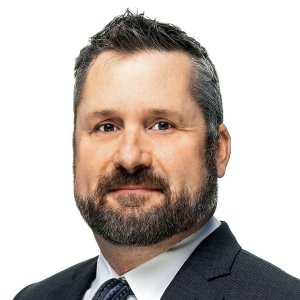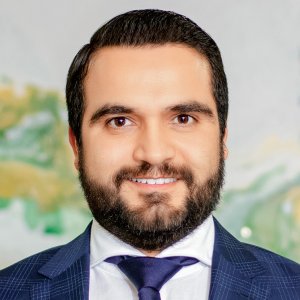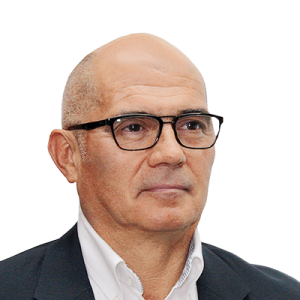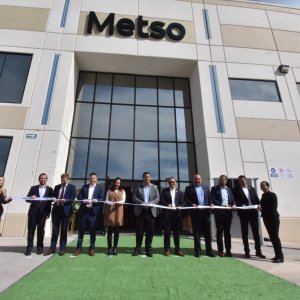Screening Solutions Face New Standards, Challenges

STORY INLINE POST
Q: What are the main difficulties miners face when separating ores and why is Cribas’ screening equipment a good choice to avoid these problems?
A: The challenge relates to the stricter guidelines that must be followed by mining companies, a trend that began in the US and has now emerged in Mexico. In the past, when you separated the materials, there was a certain tolerance regarding contaminants. Now, considering how scarce materials are in the ground, they might not have the same concentration, so mining companies must get the most out of what they extract. They cannot be throwing anything away. That is when accurate openings and more efficient machines come into play. If you have an accurate opening, you will not be throwing away as much material and you will be reducing process costs. The screening system is a very small part of the mining operation; yet, it functions as an on and off option for the entire downstream process. If done correctly, a company saves a great deal of money by reprocessing and obtaining more from the mineral. The advantage we provide is an accurate opening that meets international standards.
Q: What sets you apart from other screening machine suppliers in the mining industry?
A: There are many different companies trying to push the products they make for the sake of selling. Many screening companies rely on a single material for their screening products. It might work but it does not yield as efficiently so it is not ideal. Our advantage is that we manufacture all types of screening media materials. Depending on a company’s application and specific needs, we recommend a specific material, which could be wire, rubber, self-cleaning or polyurethane screens. Even when considering two similar operations working the same minerals, a company might need different screening materials due to other factors. Our added value is that we can identify those differences and provide optimum solutions. Since we manufacture the solutions, we are not biased toward one material or another. Our on-site reports help us determine the performance of the screening material and we can conclude which material is the best option for a particular operation. Due to current safety restrictions, we might not be able to visit our clients. In those cases, we look at their flow charts to determine the appropriate solution.
Q: What new innovations can be found at Cribas and what are your priorities regarding technology?
A: Every customer wants more output and more wear life. But the reality is that you cannot have both. There is always a balance. The challenge for screening media manufacturers is to give the customer more wear life and production. To achieve this objective, we need to think outside the box. We have been combining materials in the screening solutions. In addition, we have modular screens, which are conventional wire screens that contain a modular frame. Customers using the regular modular screens had an open area of around 20 to 30 percent. Switching to a modular screen with wire inside, the company gets a 50 or 60 percent open area. Essentially, it doubles the output while also increasing its lifespan. In addition, there is less wear than the regular rubber or polyurethane screen. In effect, they will be getting twice the production and maybe a quarter more lifespan. At the end of the day, the dollar per ton will be higher with this new solution.
Clients also have the opportunity to test their screens in the field so they can appreciate the benefits for themselves. If the screen does not work, the client can return it free of cost. In some cases, such as iron ore mines, they want to continue producing while prices are rising. They are looking for open air screens to produce higher quantities and they are not concerned about the wear. Our screens are tailored to requirements of the operation.
Q: How can screening equipment companies participate in the digitalization of the mining industry and what are your objectives in this regard?
A: We started a campaign with a software called “Orbit.” It is a small magnet that is attached to the side of the screen that then transmits data to your phone. The software measures vibration to analyze the equipment. This system then compares the data it is receiving with the already loaded factory data. This allows us to monitor the day-to-day performance of the screen and it can also let customers know when a screen is underperforming. This gives the clients the tools necessary to establish a preventive maintenance schedule. This is something that the entire mining industry is moving toward: 24/7 monitoring through a phone.
Q: What does the company hope to achieve this year?
A: It was challenging for us when the pandemic hit because we had to change how we worked overnight. Previously, we were conducting sales visits to customers 80 percent of the time but when COVID-19 hit, we had to switch to “phone visits.” An advantage was that we knew the plants, so it became like a phone tour. It was a cultural change for us and we are just starting to visit our customers once gain.
We are aiming to have 90 percent market share in the mining industry and we know we still have much to do. Our goal is to enter Mexico’s southern market, so we are increasing our staff numbers to provide coverage in that area. Many of our employees also come from the newer generation and can use technological tools. This leads to better customer service.
Cribas y Productos Metálicos manufactures screening equipment for the mining industry. It has several locations in Mexico and Latin America. It was established in 1965 and consolidated in 1968.








 By Lorenzo Núñez | Livestream Producer -
Tue, 12/14/2021 - 15:09
By Lorenzo Núñez | Livestream Producer -
Tue, 12/14/2021 - 15:09











